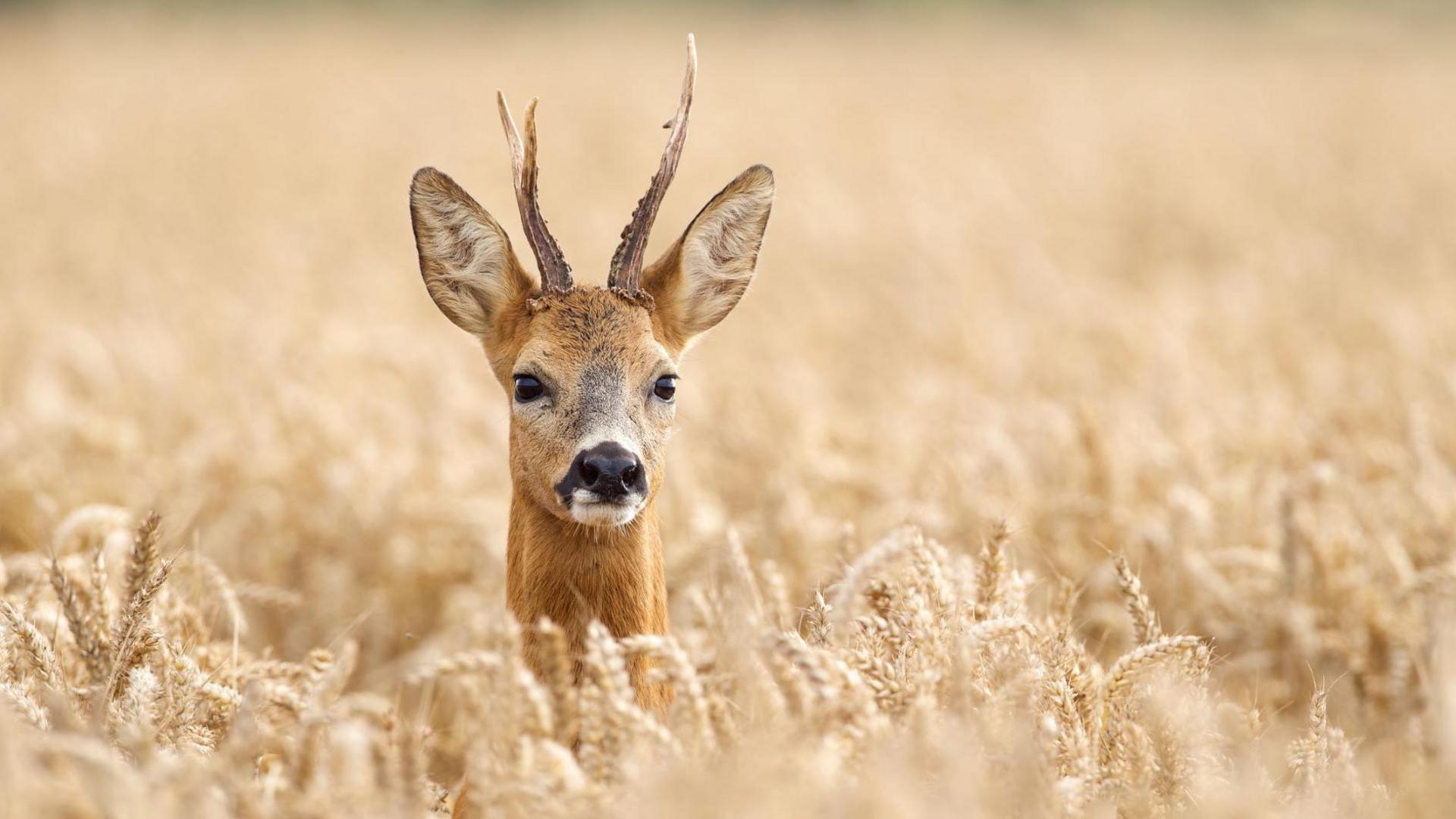Darker nights prompt deer warning for motorists
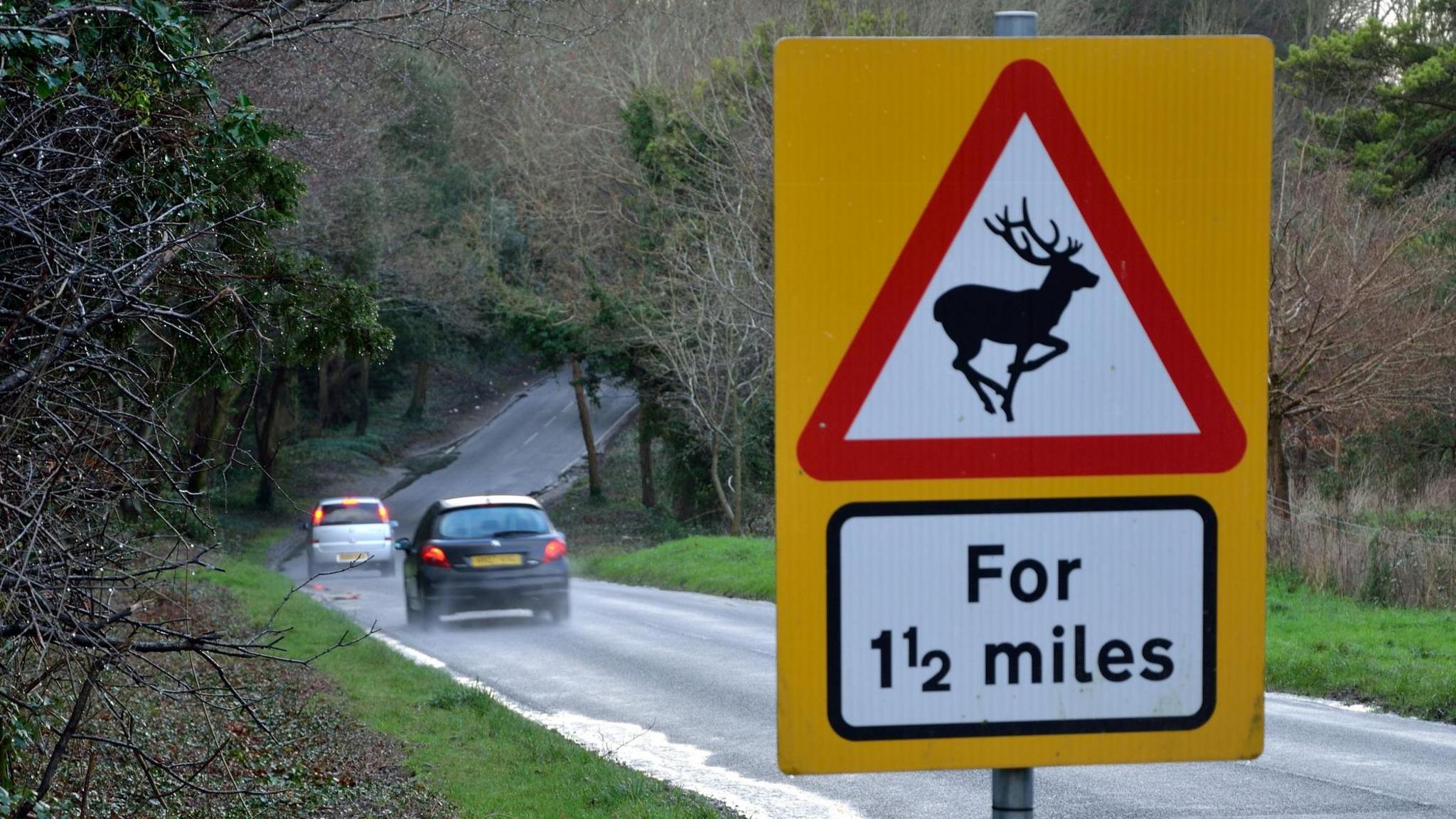
Wildlife experts say reports of collisions double in the autumn and winter
- Published
Motorists in Lincolnshire are being warned to watch out for deer on the roads as the animals' annual rutting season begins.
Lincolnshire Deer Group said it had been called to 15 deer-related incidents in September with the number expected to double in the months between October and February.
Volunteer Wayne Radley, 67, said he had hit a deer while driving in Scotland and the accident was so severe, the animal died and his vehicle had to be written off.
"All of a sudden, it's just there in front of you. It jumped out, straight into the middle of the road. No chance to avoid it at all. The shock does knock you back a bit," he said.
"As experienced as I am in attending road accidents with deer, it did quite shake me up," Mr Radley added.
He said the increase in incidents was also due to the longer nights and once the clocks change at the end of October, "that's when it gets really busy".
"It's because of the change in the darkness and people's attitudes at driving at night," he added. "It happens every single year."
'Unpredictable'
In the year to 1 October, the organisation said it had responded to 263 incidents.
The RSPCA estimates 20 people a year are killed as a result of road traffic accidents involving deer and that 74,000 of the animals die in vehicle collisions each year.
The AA reported deer collisions had increased by 42%, external between 2021 and 2024.
Tim Rankin, managing director of AA Accident Assist, said: "Deer and other wild animals are unpredictable, so drivers should be wary of coming across them, especially on rural roads."
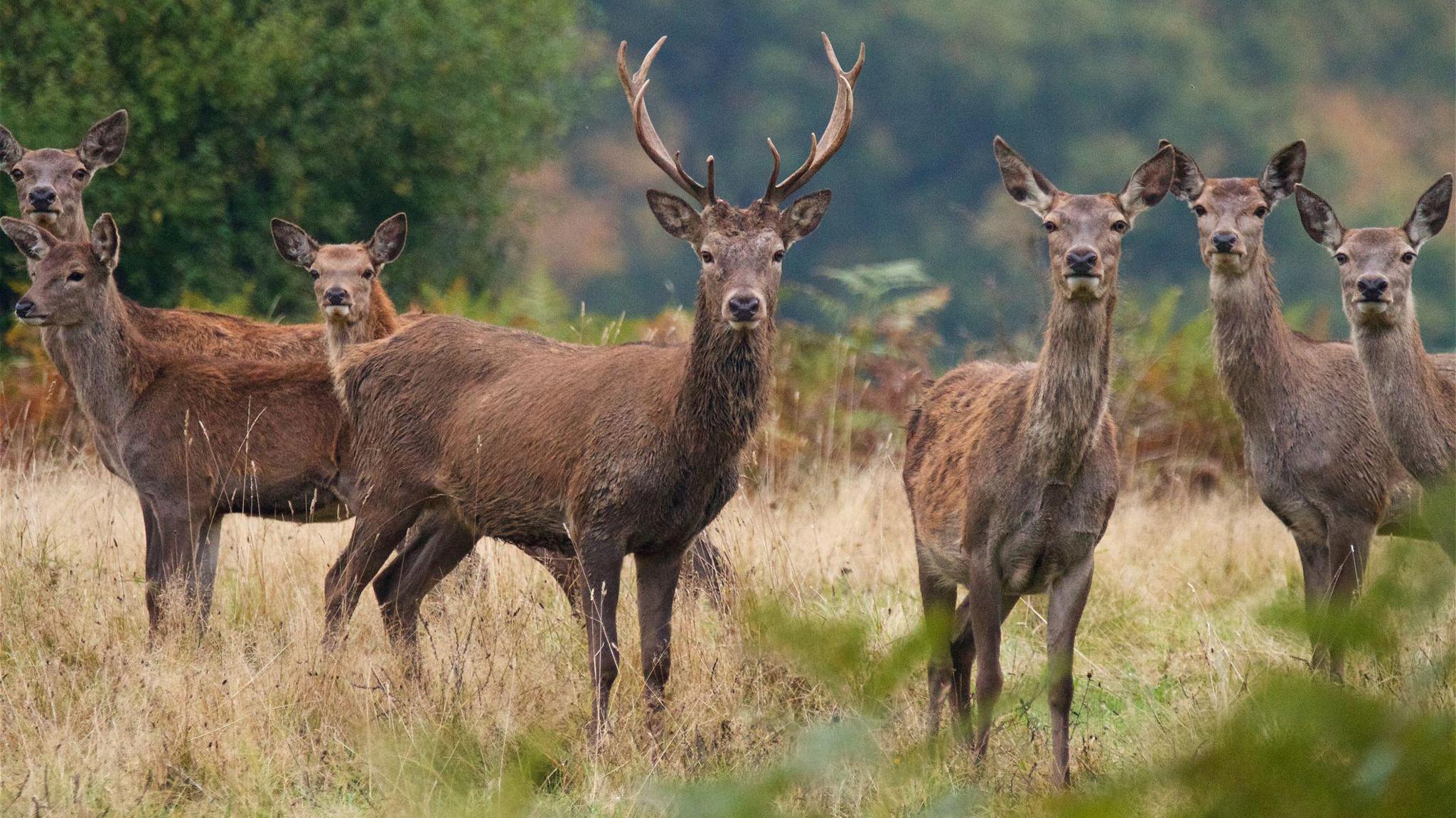
Lincolnshire Deer Group attended 15 deer-related incidents in September
Mr Radley said motorists should pay attention to the bright yellow deer signs, which are located in deer hotspots on roads around the county.
"Wooded areas are where deer are most abundant. The chances are you could meet a deer crossing the road at those spots."
The group said the times of highest risk were between sunset and midnight, and shortly before and after sunrise.
It advised drivers to use full-beam lights, when safe and legal to do so, after dark.
In the event of a deer being hit, the group said motorists should prioritise their own safety and call 101, unless the deer was on the carriageway or in a dangerous position, in which case they should call 999.
If the deer was alive and still visible at the roadside, it was best not to approach it as it might run into traffic and cause another accident, the group added.
Listen to highlights from Lincolnshire on BBC Sounds, watch the latest episode of Look North or tell us about a story you think we should be covering here, external.
Download the BBC News app from the App Store, external for iPhone and iPad or Google Play, external for Android devices
Related topics
- Published24 September 2024
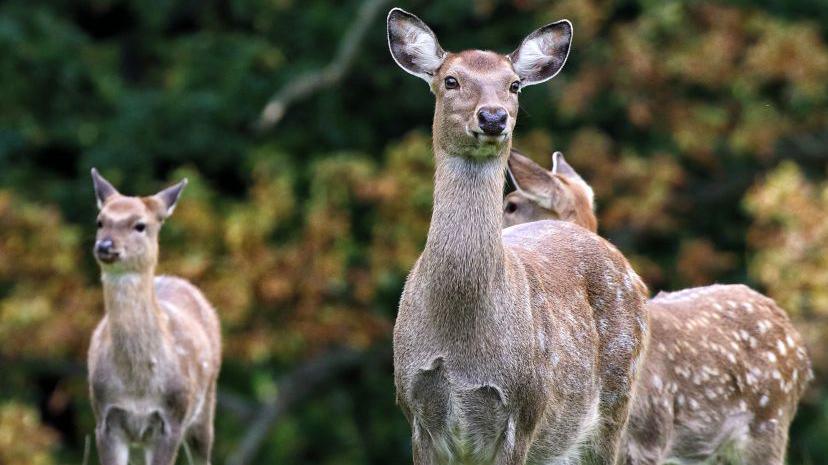
- Published20 April
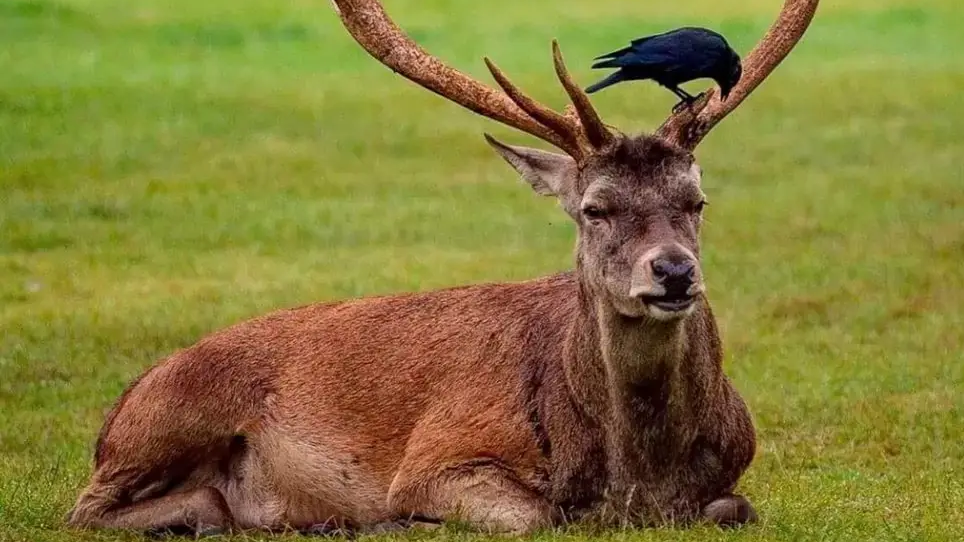
- Published4 July
